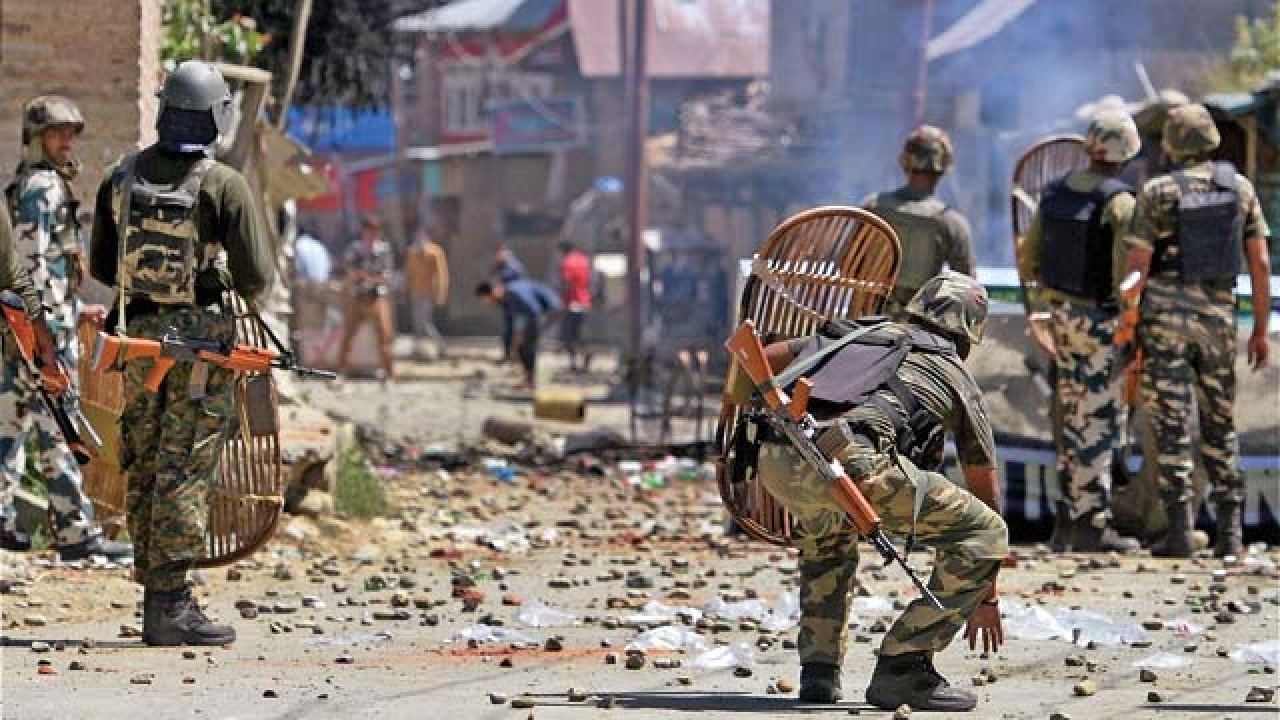
An untruth, however well wrapped, doesn’t travel far. Historians and academics, most of them tucked safely away in the West, say the Indian army isn’t above criticism.
Of course it isn’t. No one said it was. It’s an old verbal trick: discredit a claim that was never made. The argument that was actually made was this: criticise, but don’t vilify, the army. The historians and academics deftly sidestepped this because it’s far harder to discredit.
Partha Chatterjee is an honorary professor at New York’s Columbia University. His comparison of chief of army staff (COAS) General Bipin Rawat with British General Reginald Dyer, who ordered the Jallianwala Bagh massacre in 1919, has already been dismissed by several analysts. We can discount his poorly argued article in The Wire.
Turn to more contemporary vilification, masquerading as criticism, of the Indian army by Alok Rai and Ravi Nair in The Indian Express. Rai is a former professor of English at Delhi University, Nair is the executive director of the South Asian Human Rights Documentation Centre.
Here’s what Rai wrote: “The army is a killing machine, it is trained to mete out lethal violence — and one should not be surprised if that is what it does. Just don’t use it against your own people. Unless, perish the thought, they are, after all, not your own people? Was the army deployed to quell the Jat violence in Haryana? Did they use pellet guns in Rohtak?”
Note the sly insinuation: “Unless, perish the thought, Kashmiris are not your own people?” It exposes Rai’s real intent: questioning India’s sovereignty over the Valley. And here’s what Nair wrote: “While self-defence is an exception under criminal law, the right of private defence does not extend to the use of disproportionate force — it does not permit the strapping of a person to a jeep with a placard labelling him a stone-pelter and parading him. Further, the burden of proving that the circumstances fall within the general exceptions are on the accused. Despite this, the Indian army chief has stated that Major Gogoi will face no action even if the military investigations find him guilty, and in fact, went on to award him the Chief of Army Staff’s commendation card.”
It took a serving Air Vice Marshal, Arjun Subramaniam, a respected military historian with a PhD in defence and strategic studies, to set the record straight: “Modern armies are trained to fight; to kill and win wars. But they are also empowered by the Constitution to ensure peace, save lives and bring succour to areas ravaged by natural disasters. No chief in his right mind would, as Alok Rai says, be ‘straining for a fight.’ I wonder how many times Rai has acted as a pall-bearer when the last rites of officers and soldiers, who have lost their lives in Kashmir, are performed across India. While law-abiding citizens have no reason to fear their own army, those who engage in arson, stone-throwing, supporting terrorism and aiding a state-sponsored ‘proxy’ war must be fearful of an army that they know will come after them. After all, it is not for nothing that armies are considered the ‘last bastion’ of a democratic state.”
Ravi Nair’s argument is as disingenuous as Rai’s. The Indian army has over 3,25,000 soldiers in Jammu & Kashmir doing a thankless job. They save lives in floods and earthquakes despite the discredited politicians of J&K like Omar Abdullah and Mehbooba Mufti undermining them while terrorists and stone pelting mobs sponsored by the Pakistani army take a heavy toll of soldiers’ and policemen’s lives.
The army has a swift, fair mechanism to punish officers and jawans who act unlawfully. Enough has been said and written about the Gogoi incident. It is important, however, to examine the underlying cause of why so many Indian scholars take vicarious pleasure in demeaning India’s armed forces despite the difficult job they do in a hostile environment.
Left-wing academics see the Indian army as the final bulwark of Indian unity. It stands between India’s rise as a global economic and military power and the anarchy Naxal-leaning Marxists favour. Foreign think tanks are often deeply embedded in their country’s intelligence services. They seek constantly to undermine rising regional or global powers. Foreign-funded NGOs and Indian academics and journalists serve as willing pawns.
India, growing rapidly, threatens declining Western financial, economic and military hegemony. By vilifying India’s most respected institution, journalists and academics serve their puppeteers’ interests, not India’s.
The writer is author of The New Clash of Civilizations: How The Contest Between America, China, India and Islam Will Shape Our Century